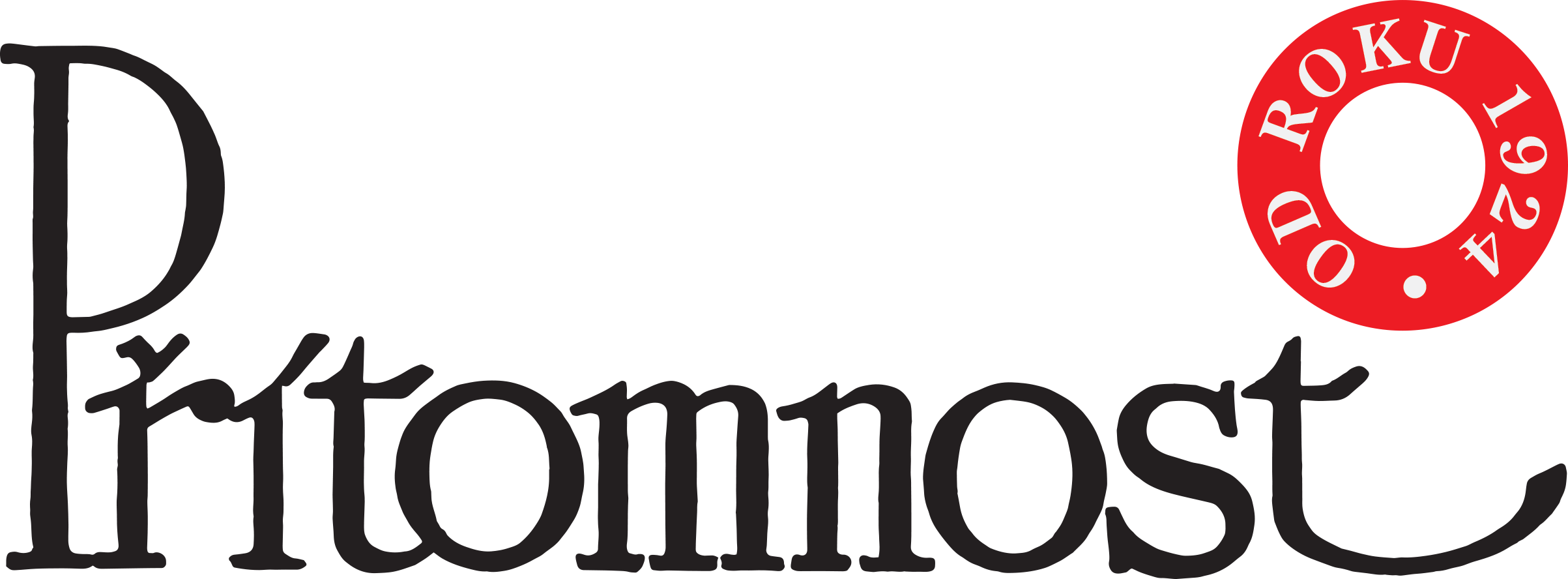Roberta Cardarello
Ira Vannini
Interactive education has become essential in the classroom. But didactic teaching methods seem to have resurfaced through interactive media delivery. The consequent loss of engagement affects attendance: data suggests that almost a third of Italian pupils have disappeared from lessons during the COVID-19 pandemic.
‘Not lost time exactly but, unfortunately, idle time,’ was one teacher’s comment on distance learning (DL), which clearly sets the tone of the Italian Society for Educational Research (SIRD) spring 2020 study. While there are those who praise the use of technological teaching resources, many lament an overall reduction in education and learning.
Indeed, international research statistics on ‘learning loss’ during the COVID-19 pandemic are very illuminating. Studies suggest that fragile students, or those from more vulnerable backgrounds, are particularly at risk.
Educational professionals, especially teachers, many of whom have faced the emergency with a great deal of energy and commitment, are at the forefront of concerned protests. Their frustration has two sides: schools and teachers have increased their efforts and working time but have witnessed a considerable loss in the level of education, regarding both curricular learning, and sociality and inclusion.
The point of view of teachers, who dealt with a prolonged school closure in the 2019-2020 teaching year and had to rely completely on DL, has been collected and presented in the SIRD survey. Over 16,000 educators nationwide were approached between 8 April and 15 June 2020. As 3,423 teachers from Emilia-Romagna, involved in all levels of schooling from nursery to secondary school, were included in the study, their representation provides a good regional yet broad overview.
How many students maintained stable links with their school and teachers through DL? And how many were ‘lost’? According to the statements SIRD collected, the former amounted to about 70% of students ‘entitled’ to DL. Therefore, in a region-wide projection, almost 39,000 students apparently had no contact with school during the lockdown, and more than 100,000 were only partially involved. These are disturbing figures.
Even when students did attend their DL sessions, the interviewees’ estimate of teaching hours and its qualities raise several concerns. The response given by teachers in Emilia-Romagna presents what would seem to be a contradiction: their workload unquestionably increased due to DL, but a decrease was seen in concrete teaching hours. Not only that, but the teachers were highly critical of DL in two fundamental areas: the effectiveness of student learning and the implementation of inclusion processes.
Furthermore, the overall ineffectiveness of DL concerned not only the lack of curricular learning in the strictest sense. A wide range of essential social skills and those concerning citizenship in general, especially when it comes to basic skills, also reduced.
Taking a closer look at the specifics of schools in Emilia-Romagna reveals positive aspects too. Various forms of safety nets have helped maintain a strong network of relationships within schools and guaranteed continuity that stimulated student learning. Here, the importance of collaboration is evident. A collective way of working in schools distinguished the daily routine for staff and students during the emergency. Teachers in this region are also better equipped than the national average to respond to the needs of students with special educational requirements (BES) and specific learning disorders (DSA), largely due to its commitment to effective forms of school interaction with families and students.
That said, at least two crucial educational issues emerge. Both can be easily recognised nationwide. The first concerns teaching methods. Distance teaching has so far relied heavily on face-to-face lessons, assignments based on exercises, indications of parts of textbooks to be studied, etc. It has increasingly used strategies based on transmission to the detriment of interaction. Therefore, DL has accentuated a limitation within Italian schools, one that had already been noted over the last thirty years by the institution IARD’s research on teachers and, more recently, in TALIS, the OECD Teaching and Learning International Survey.
International pedagogical research has long noted the effectiveness of adopting multiple teaching methods, with a greater focus on active, collaborative and explorative approaches. In the coming years, Italian political and institutional efforts must create the conditions in schools that could concretely change beliefs about the system and enrich teaching practices.
The second highly visible issue that appears in the report involves evaluation ‘in the age of distance’, which teachers fervently deem ‘inadequate’. Problems in evaluation should be seen as a ‘loss of control’ and a lack of evaluation tools that can be used to correctly adjust instruction for students.
However, as scholars in this field, we know that this issue of evaluation often hides other uncertainties on the part of teachers. These doubts almost always involve hidden insecurities and a lack of skills in curricular and educational planning and evaluation. More generally, they imply a scarce knowledge of assessment skills as a fundamental tool for learning. This complex problem must be pointedly addressed by anyone who wishes to renew the school system and turn this experience of ‘forced’ DL into an opportunity for growth and improvement.
This article was first published in Italian online by Il Mulino on 15 March 2021.
This article is taken from the source: EUROZINE
published: 4. 6. 2021







